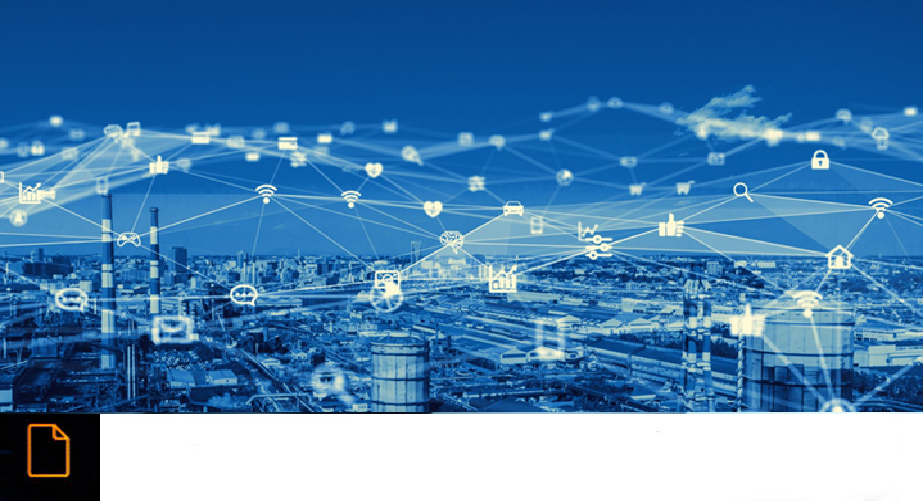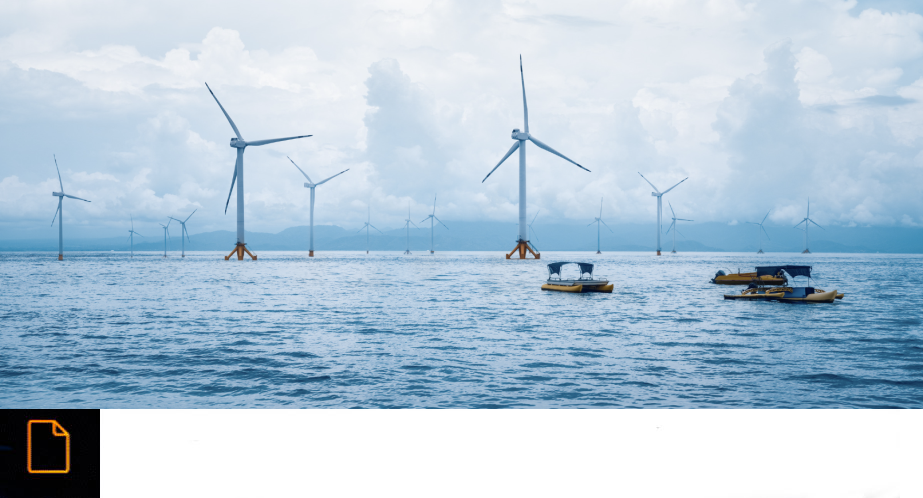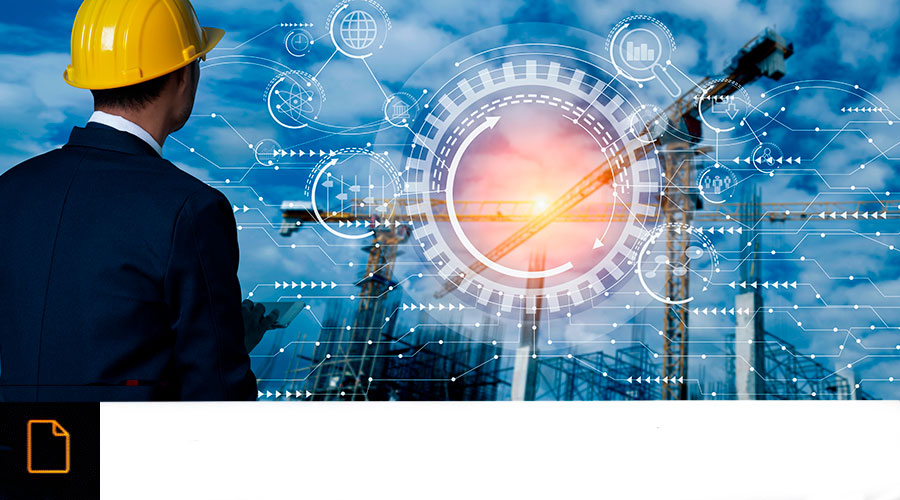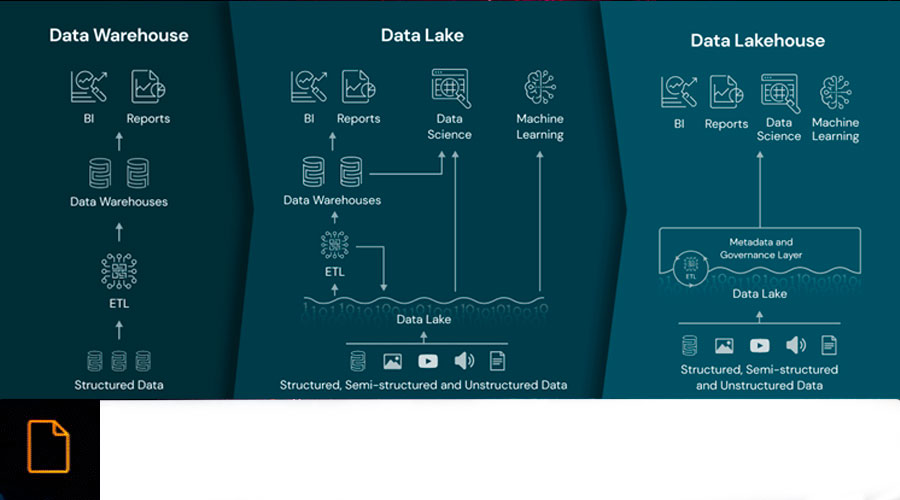The importance of intelligent water quality monitoring
Written by Marketing
2 October 2023 | Water | Article
Water is one of the most vital and ultimately scarce resources on our planet. Its quality is important not only for the proper functioning of the aquatic ecosystem , but also for human health and the sustainable development of our environment. How can technology help to maintain its quality and ensure its safety? Intelligent monitoring is the answer.
Intelligent water quality monitoring has established itself as an essential tool to ensure the availability of and access to safe drinking water, as well as to preserve aquatic environments. In this article we will explain the importance of smart water quality monitoring and how technologies are revolutionizing the management of this natural resource.
Why monitor water systems?
The growing concern for water quality, due to climate change, its role in sustaining important productive activities, and for human consumption, has led to the adoption of increasingly sophisticated monitoring systems. This smart monitoring involves the use ofadvanced technologies such as state-of-the-art sensors, real-time data analysis and cloud-based applications to collect, analyze and share water quality information efficiently and accurately.
One of the most relevant aspects of smart monitoring is its ability to detect and provide early warning of contaminants and changes in water quality. High-precision sensors can measure a wide range of parameters, such as temperature, pH, turbidity, nutrient concentration, and the presence of chemical and biological contaminants. This real-time information enables water authorities and water management companies to make informed and rapid decisions to protect the quality of the water resource.
Artificial Intelligence (AI) also plays a key role in intelligent water quality monitoring. It allows us to analyze large amounts of data quickly and efficiently, identifying patterns and trends that might go unnoticed by conventional methods. This is very useful in the early detection of anomalous events, such as pollution peaks or abrupt changes in water parameters.
An example of smart monitoring is its use in detecting the presence of pathogenic microorganisms in water. Sensors can identify bacteria and viruses at minimal levels, allowing us to take preventive measures before they become a threat to public health. In addition, continuous monitoring can help identify sources of contamination and evaluate the effectiveness of treatment and mitigation measures.
Benefits of smart monitoring in the water cycle
The complete water cycle benefits significantly from intelligent monitoring. How does it help in process optimization?
- Real-time data collection and analysis: these enable more efficient management of water resources, optimizing water distribution and use. This is especially important in water-scarce areas. Intelligent monitoring technologies can detect leaks in the distribution network, minimizing losses and ensuring sustainable use of the resource.
- Extreme event management: In floods and droughts, sensors can monitor water levels in rivers, lakes and reservoirs, providing real-time data that help to better predict and manage these events. This information is very important for emergency decision making and long-term planning.
- Sustainability: Intelligent monitoring contributes to maintaining the sustainability of water resources in several ways. By optimizing water use and reducing losses, a valuable resource is conserved. By detecting and preventing pollution, you protect aquatic ecosystems and ensure a suitable and healthy environment for future generations.
Intelligent water quality monitoring is therefore an essential tool in the sustainable and efficient management of this vital resource. Advanced technologies such as high-precision sensors and artificial intelligence make it possible to detect and prevent pollution, optimize water distribution and manage extreme events more effectively. The use of these technologies in combination with real-time data collection and analysis provides water management agencies and companies with the information needed to make better decisions and protect water quality for present and future generations.
Find out more about the water cycle on our website: https://monom.ai/industrias/aguas/
Sources:
https://www.sciencedirect.com/science/article/pii/S2666285X2100090X
https://telefonicatech.com/blog/ai-of-things-ii-agua-mar-datos
https://www.idrica.com/es/blog/la-inteligencia-artificial-en-la-gestion-del-ciclo-integral-del-agua/
https://biblus.us.es/bibing/proyectos/abreproy/70849/fichero/Memoria+TFMRV02.pdf
https://www.iagua.es/blogs/leticia-dominguez-alvarez/smart-water-camino-gestion-inteligente-agua
https://becolve.com/blog/gestion-inteligente-del-agua-un-mercado-al-alza/











